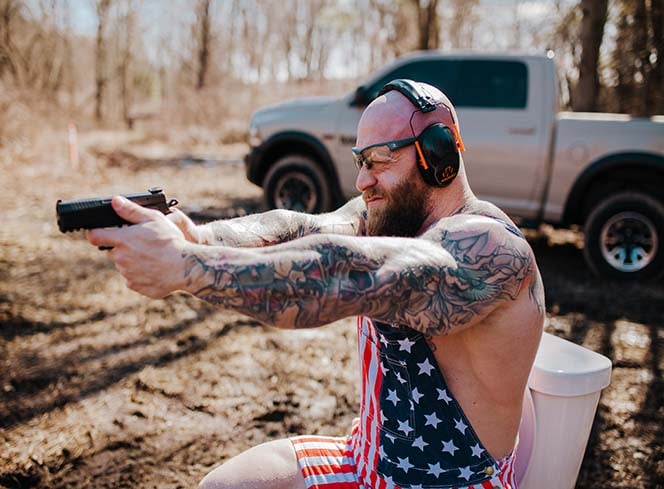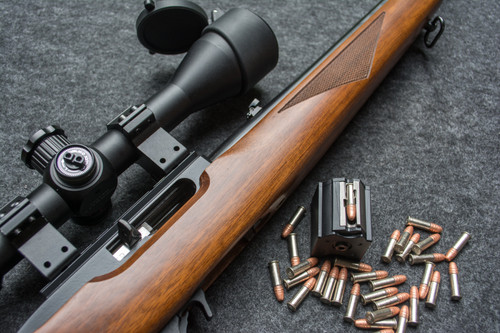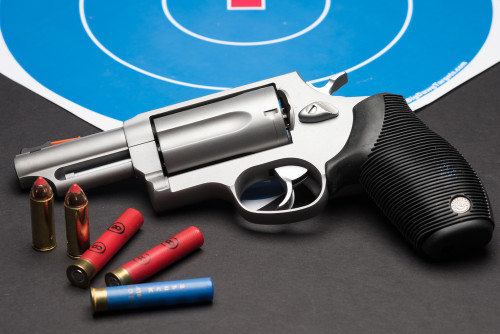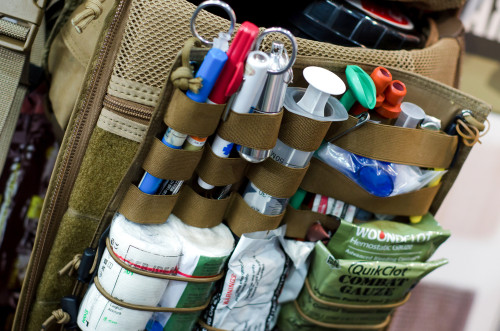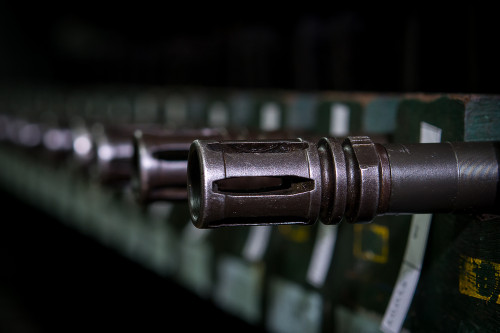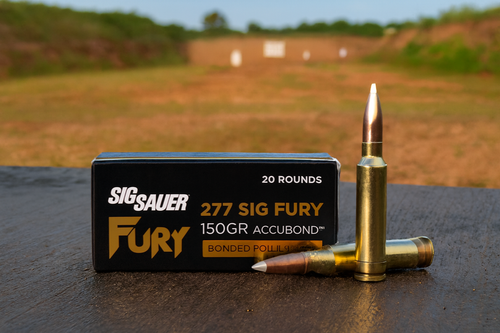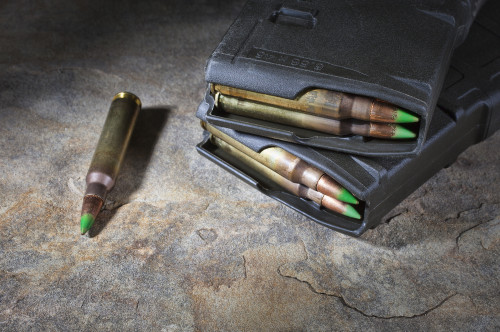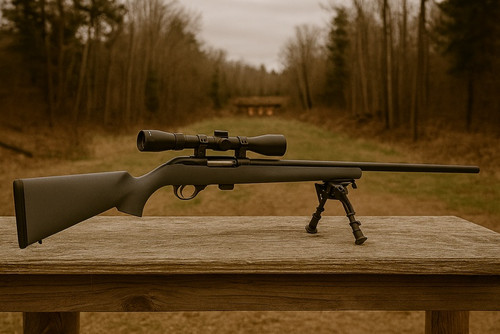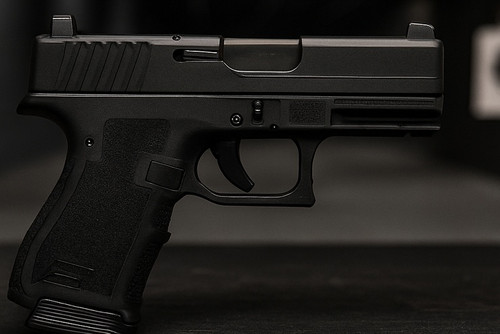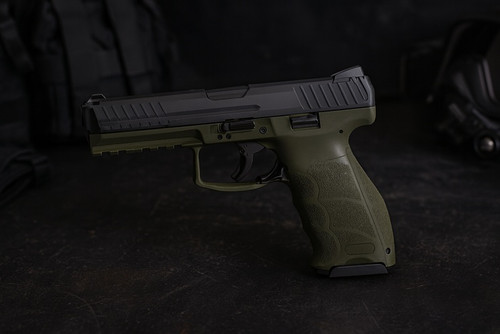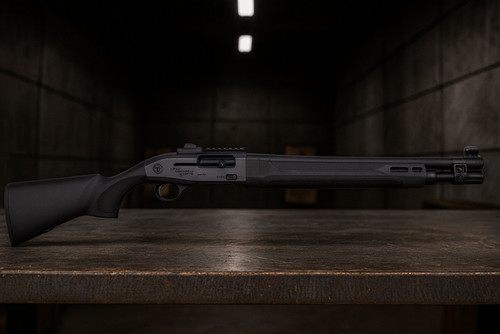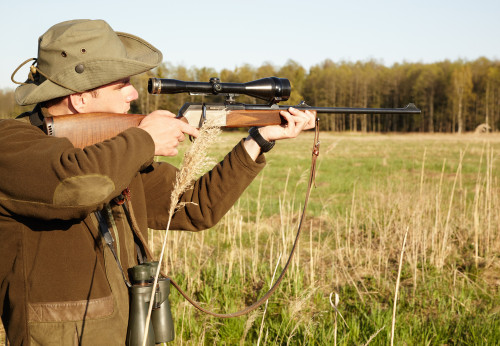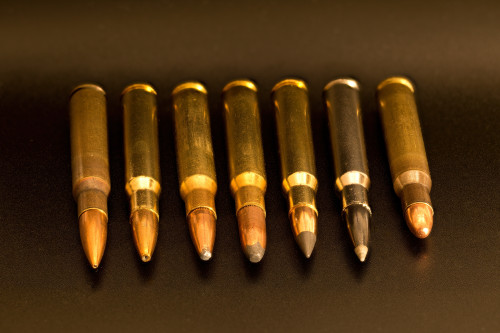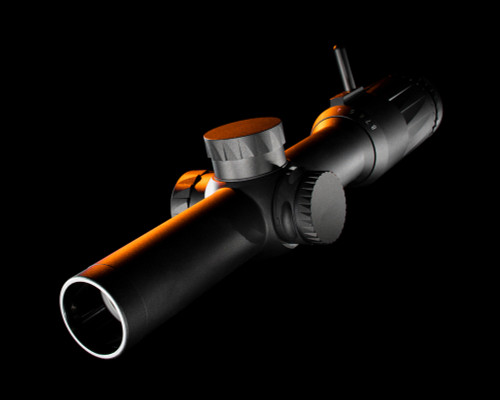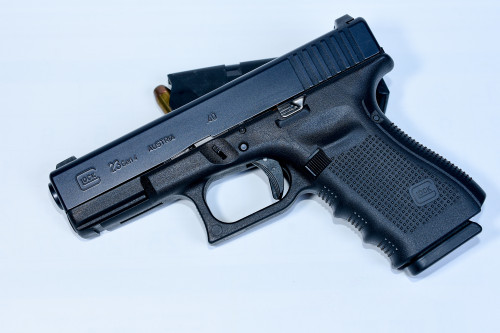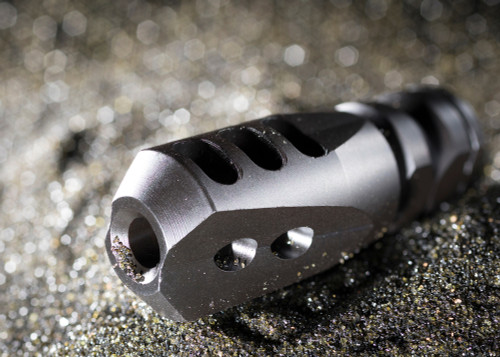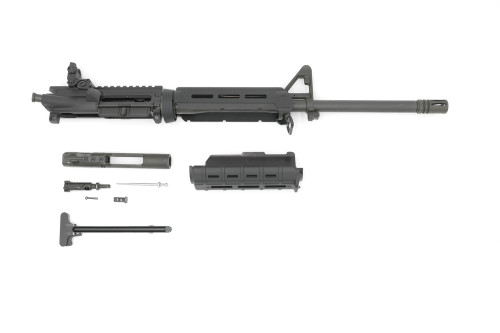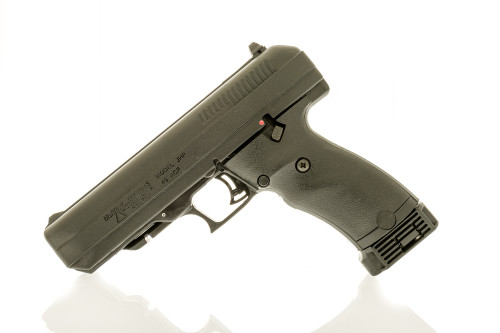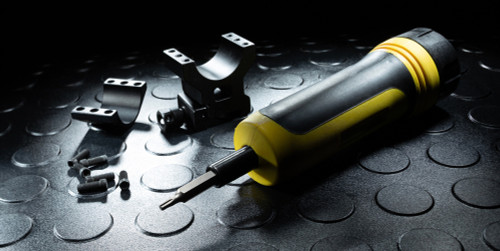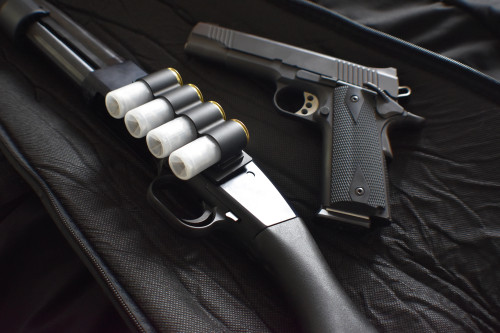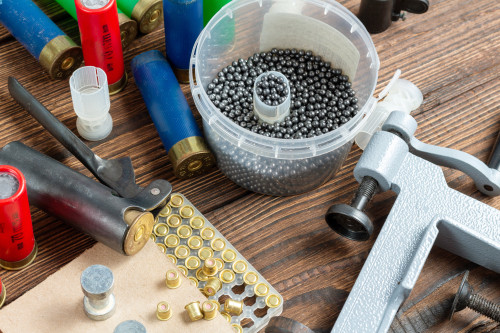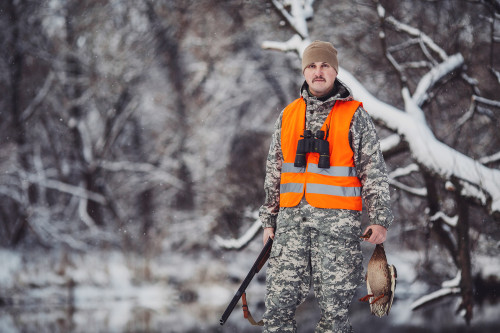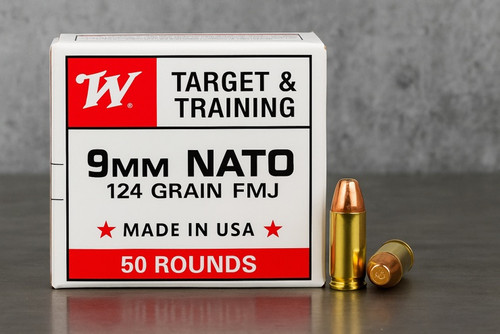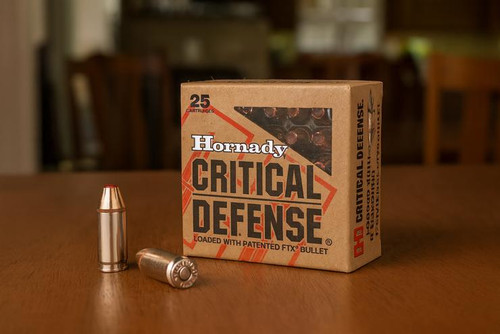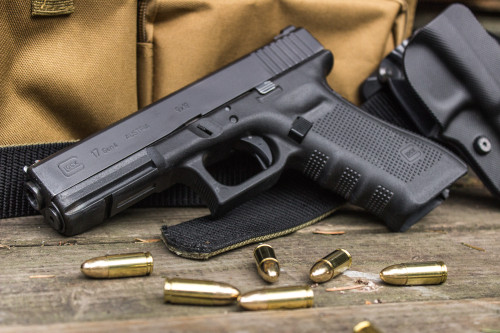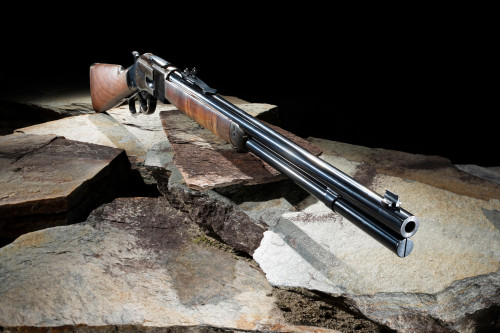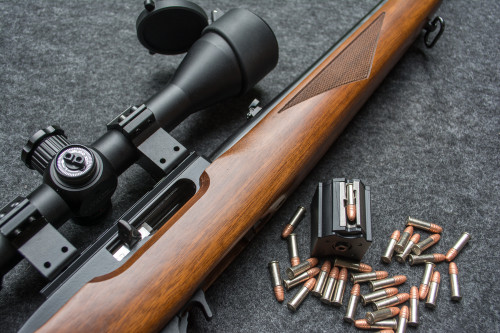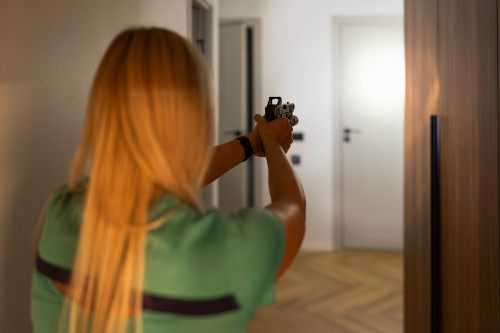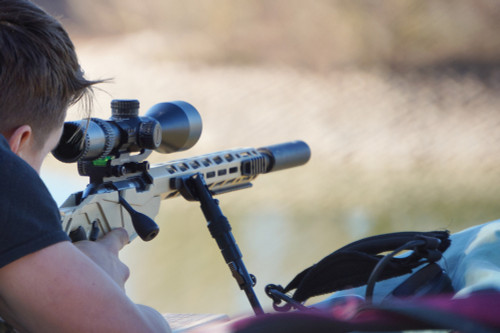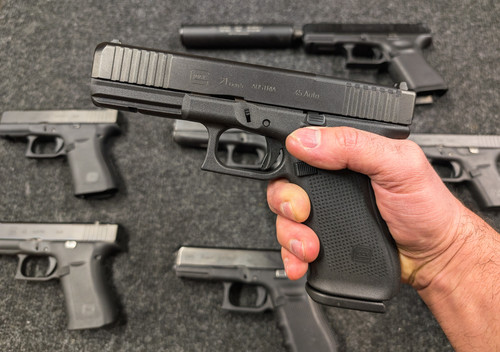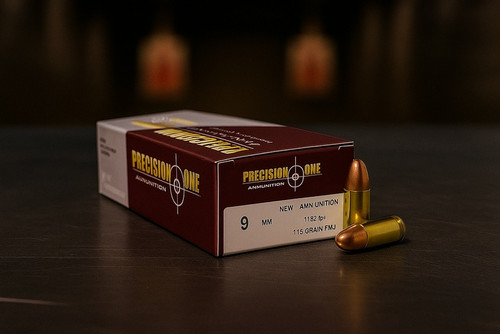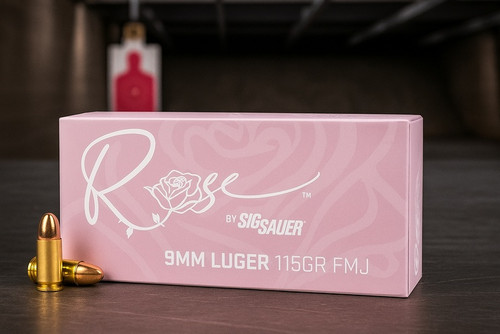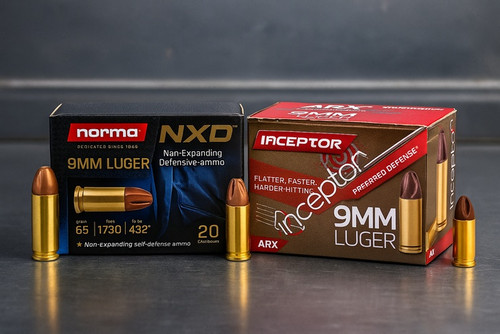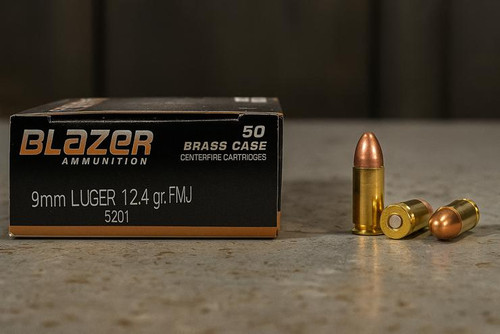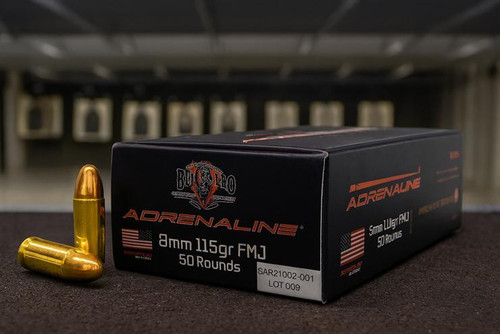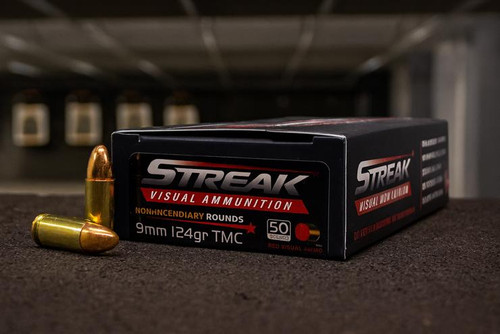Caliber is the size of a bullet’s diameter, measured in inches or millimeters. The one you pick changes accuracy, power, range, and cost. This guide looks at small calibers like .22LR, mid-size like 5.56mm, and larger ones like .308 and up. You’ll see how they compare in specs, speed, recoil, and use cases so you can pick the right one for your needs.
Key Takeaways
- Caliber is bullet size, and size shapes power and range.
- Smaller calibers mean low recoil, cheap ammo, and great for training.
- Mid-size calibers balance hunting, defense, and longer shooting.
- Large calibers pack heavy punch for big game and long shots.
- Ammo price and supply shift a lot from one caliber to another.
I still remember the first time I fired a .308 Winchester after only practicing with .22LR. The kick almost pushed me back a step. That moment taught me quickly – the caliber you pick matters. Choose wrong and a fun day at the range can turn painful fast, or worse, throw off your accuracy when it counts.
What Does Caliber Mean?
When people talk about caliber, they mean the bullet’s width. It’s written in inches (.22, .308) or millimeters (5.56mm, 9mm). If you don’t see “mm” at the end, it’s almost always inches in the U.S.
But here’s a point that trips people up. A bullet is only the part that flies out of the barrel. A cartridge, or round, is the full package: bullet, casing, powder, and primer. When someone says they fired a “round,” they mean the cartridge, not just the bullet.
Bullet Specs to Know
When comparing calibers, three numbers matter most:
- Bullet Weight (grains): Weight is measured in grains (gr). There are 7,000 in a pound. Even the “heavier” bullets are light.
- Velocity (feet per second): The speed of the bullet when it leaves the barrel. Written as fps.
- Energy (foot-pounds): The force delivered downrange. More energy means more knockdown power.
Rimfire vs. Centerfire
Another thing to know is rimfire vs. centerfire.
Rimfire: The firing pin hits the rim of the case to ignite it. Example: .22LR. Cheap to shoot but not reloadable.
Centerfire: The pin strikes a primer in the middle. This is the standard for most rifle and handgun ammo today. It costs more, but you can reload it.
By the book, caliber is the inside width of the rifle’s barrel bore, no matter how or where it’s measured. These details explain why calibers feel and perform differently, and why cost and use cases vary so much. With the basics covered, let’s look at calibers themselves.
Popular Rifle Calibers: (Part 1: Small & Intermediate)
There are hundreds of rifle calibers out there, but let’s start with the common small and intermediate rounds. They’re easier to shoot, kick less, and usually cost less than the bigger ones.
.22LR – Training, Plinking, Small Game
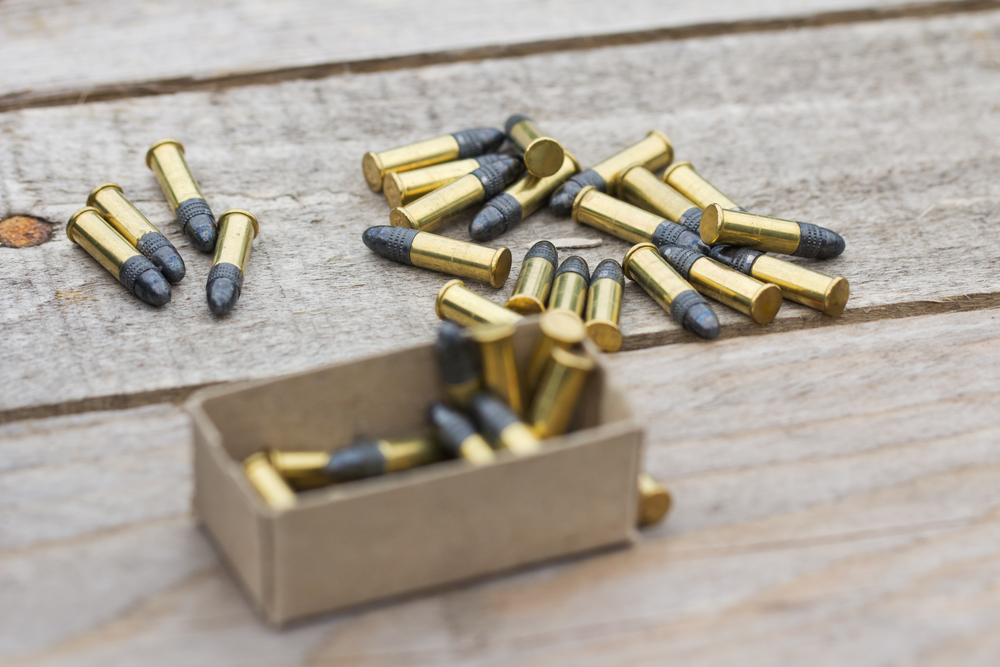
Specs
- Bullet Weight: 30–40 gr
- Velocity: 1,200–1,700 fps
- Energy: 125–200 ft/lbs
- Price per Round: $0.05 (many lots commonly range $0.06–$0.08.)
The .22LR is the most used caliber in the world. It’s cheap, quiet, and has almost no kick. It’s a rimfire round, which means the primer is built into the rim of the case. It doesn’t pack much power, but that makes it perfect for new shooters, small animals, and just shooting for fun.
Pros & Cons
The best part is cost — you can buy it anywhere and shoot all day without spending much. It’s soft to shoot and not loud, which makes it great for beginners. The downside is power. It’s not good for self-defense or big games.
Best Uses
Great for practice when you want to shoot a lot. Perfect for plinking at cans, small animals like rabbits or squirrels, and for keeping pests away on farms.
Recommended Ammo
CCI Mini-Mag is a go-to option for solid accuracy. Winchester Super-X and Federal Champion are also good choices if you want cheap and steady performance.
Recoil & Handling
The .22LR has almost no recoil. Kids and smaller adults can shoot it comfortably all day. That’s why it’s the best round for learning without flinching or bad habits.
.17 HMR – Varmint Hunting, Flat Trajectory
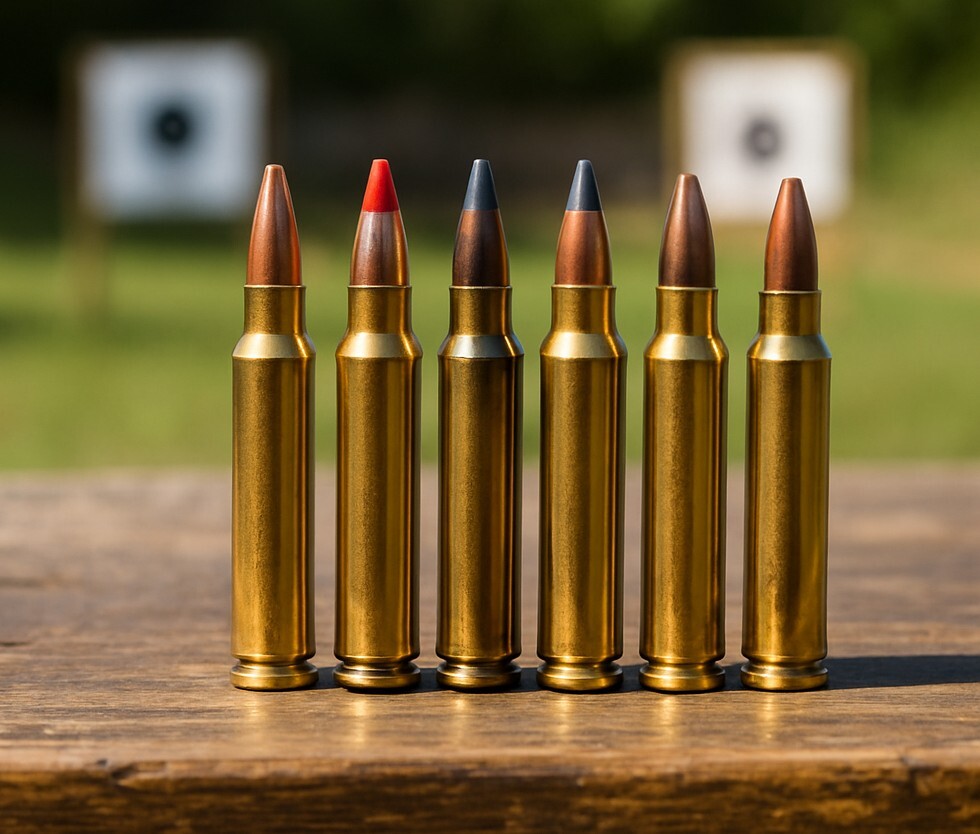
Specs
- Bullet Weight: 17–20 gr
- Velocity: 2,350–2,650 fps
- Energy: 250 ft/lbs
- Price per Round: $0.20
The .17 Hornady Magnum Rimfire (HMR) came out in 2002 and quickly became a hit with varmint hunters. It’s much faster than .22LR and flies flatter and so it is more accurate at longer ranges.
Pros & Cons
It’s very accurate and shoots flat, so small targets at longer distances are easier to hit. It also hits harder than .22LR. The downsides: it costs more and not as many rifles are made for it.
Best Uses
Best for hunting small varmints like prairie dogs and groundhogs at ranges where .22LR falls short. Also popular in rimfire competitions thanks to its flat flight path.
Recommended Ammo
Hornady V-Max is excellent for hunting varmints. CCI TNT gives good results at a lower price. Federal Premium is a solid pick for consistent accuracy in target shooting.
Recoil & Handling
It still has light recoil, just a little more than .22LR. The main difference is the louder bang. Even so, it’s easy to manage and fun for longer shooting sessions.
5.7x28mm – Low Recoil, Armor-Penetrating History
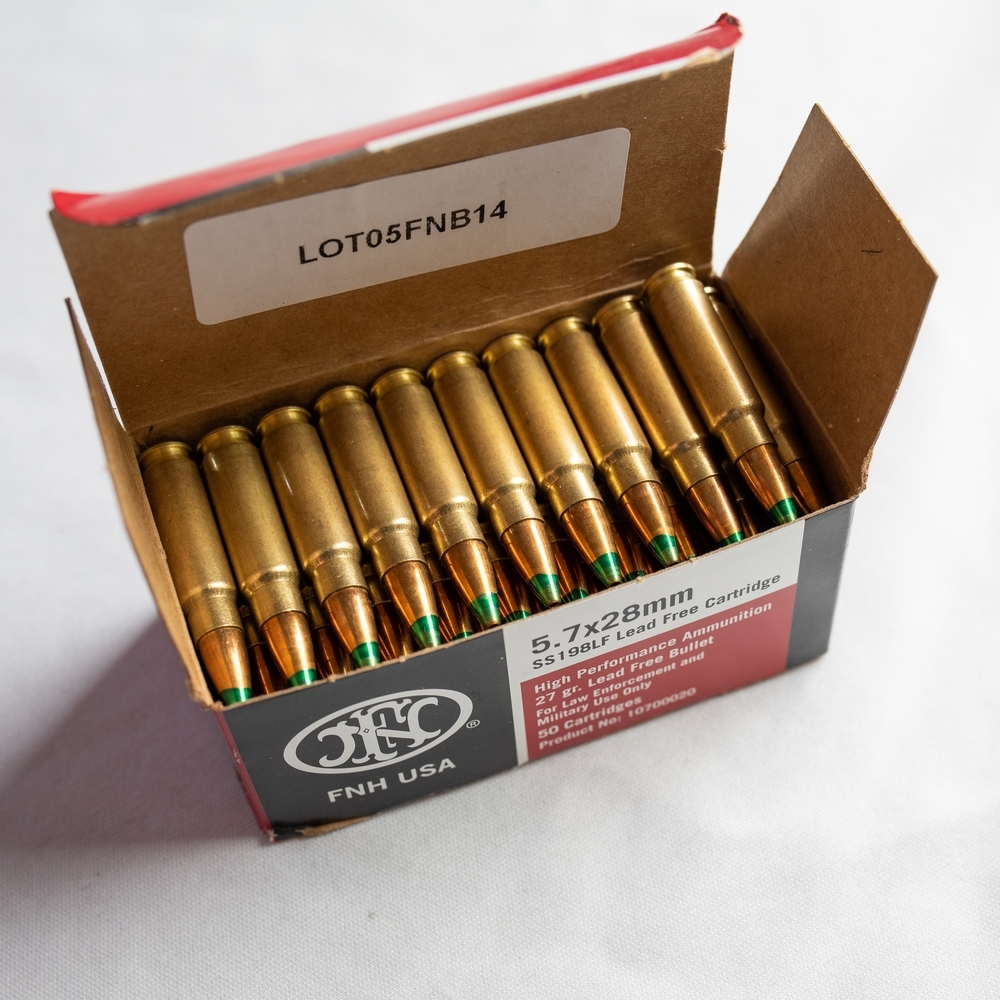
Specs
- Bullet Weight: 23–40 gr
- Velocity: 2,300–2,800 fps
- Energy: 380–500 ft/lbs
- Price per Round: $0.45
FN Herstal built this round to supplement or partially replace 9mm in NATO PDWs (personal defense weapons), but it never replaced 9mm service-wide.. It was designed to punch through body armor. Today it’s making a comeback thanks to guns like the FN PS90 and Ruger LC Carbine.
Pros & Cons
It’s fast, flat shooting, and has very light recoil. Many firearms chambered in it also hold a lot of rounds. But the ammo is pricey and not as common as others.
Best Uses
Good for defense carbines where low recoil and flat shooting are important. Many people also enjoy it for range time because of the unique feel and guns that fire it.
Recommended Ammo
FN SS197SR is the top choice for this round. Federal American Eagle 5.7 is cheaper and good for practice.
Recoil & Handling
It barely kicks, even in light carbines. The blast is noticeable but not extreme. It flies very flat, which means you don’t have to adjust much for distance at medium ranges.
.30 Carbine – WWII Classic, M1 Carbine
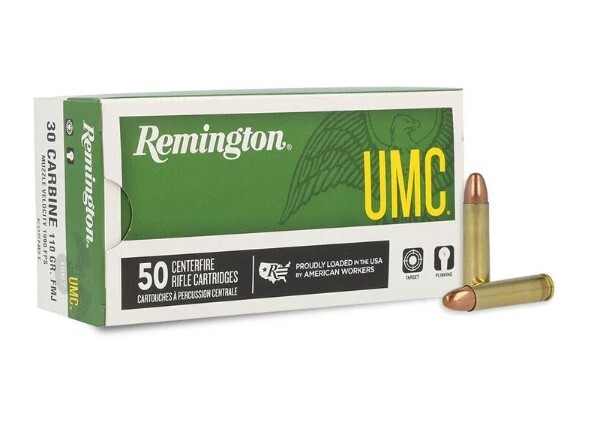
Specs
- Bullet Weight: 110 gr
- Velocity: 2,000 fps
- Energy: 970 ft/lbs
- Price per Round: $0.50
Made for the M1 Carbine in WWII, it saw action in Korea and Vietnam. It was meant to sit between submachine guns and full rifles.
Pros & Cons
It’s light, has soft recoil, and carries a lot of history. Its downside is being weaker than newer rounds and fewer ammo choices today.
Best Uses
A favorite for collectors and fans of military history. Still fun for range shooting with M1 Carbines, offering a classic feel with mild kick.
Recommended Ammo
Remington makes good ammo for it. PPU and Aguila also offer solid, affordable choices that work well in both old and new carbines.
Recoil & Handling
Soft recoil in lightweight rifles. Easy to shoot quickly and stay on target, which is why it worked well for troops back then.
.300 Blackout – AR-Friendly, Suppressor Ready

Specs
- Bullet Weight: 90–220 gr
- Velocity: 1,000–2,500 fps
- Energy: 500–1,350 ft/lbs
- Price per Round: $0.60
Built for AR-15s to give them better short-barrel performance. Works with standard mags — just swap the barrel. It’s also great with suppressors.
Pros & Cons
Works well in very short barrels and shines with suppressors. Subsonic loads make it extra quiet. But ammo is more expensive and its range is shorter than 5.56mm.
Best Uses
Great for home defense with short, suppressed AR carbines. Also good for tactical training and hunting medium game at closer ranges.
Recommended Ammo
Hornady Black is consistent in both supersonic and subsonic loads. Barnes TAC-TX is excellent for hunting or defense. Remington UMC is a cheaper choice for practice.
Recoil & Handling
Recoil feels close to 5.56mm, though a bit more of a push. Subsonic loads add a little more kick but are still very easy to control.
7.62x39mm – AK-47 Standard, Hunting & Defense
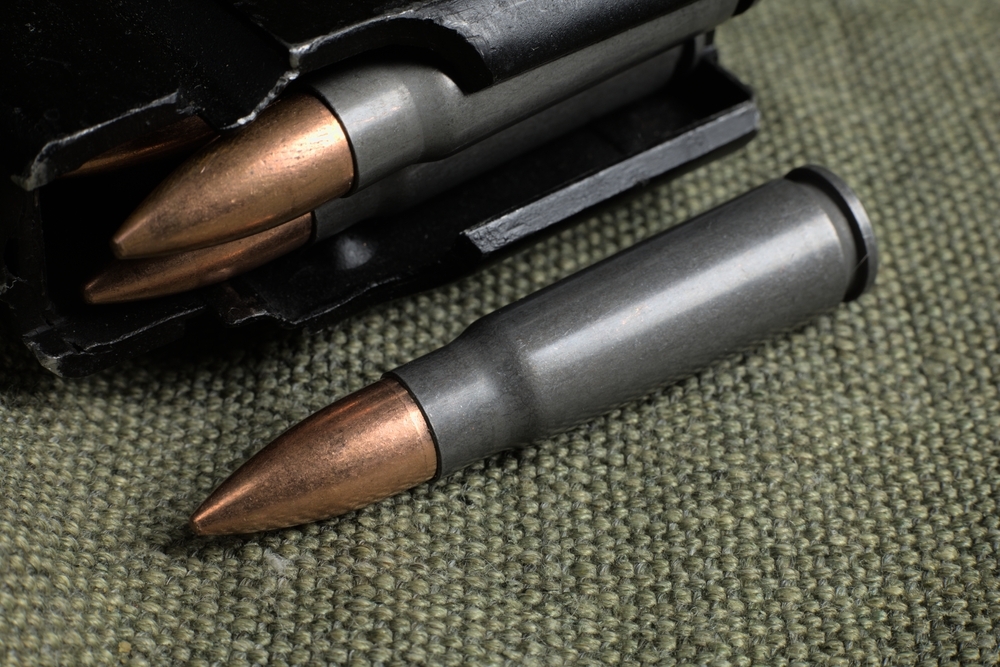
Specs
- Bullet Weight: 123 gr
- Velocity: 2,400 fps
- Energy: 1,600 ft/lbs
- Price per Round: $0.48
The famous AK-47 round. Used everywhere. Strong at short to medium ranges and still one of the cheapest options.
Pros & Cons
Affordable, effective, and works in countless rifles. The weak spot is long range — it drops fast past 300 yards.
Best Uses
Great for deer hunting inside 200 yards. Also common for defense carbines and cheap range shooting with steel-case ammo.
Recommended Ammo
Wolf and Tula are cheap for practice. Hornady SST is better for hunting as it gives a better expansion and accuracy.
Recoil & Handling
Kicks more than 5.56mm but still manageable. Feels like a strong push instead of a sharp snap, especially in AKs.
.224 Valkyrie – AR-15 Long-Range Specialist
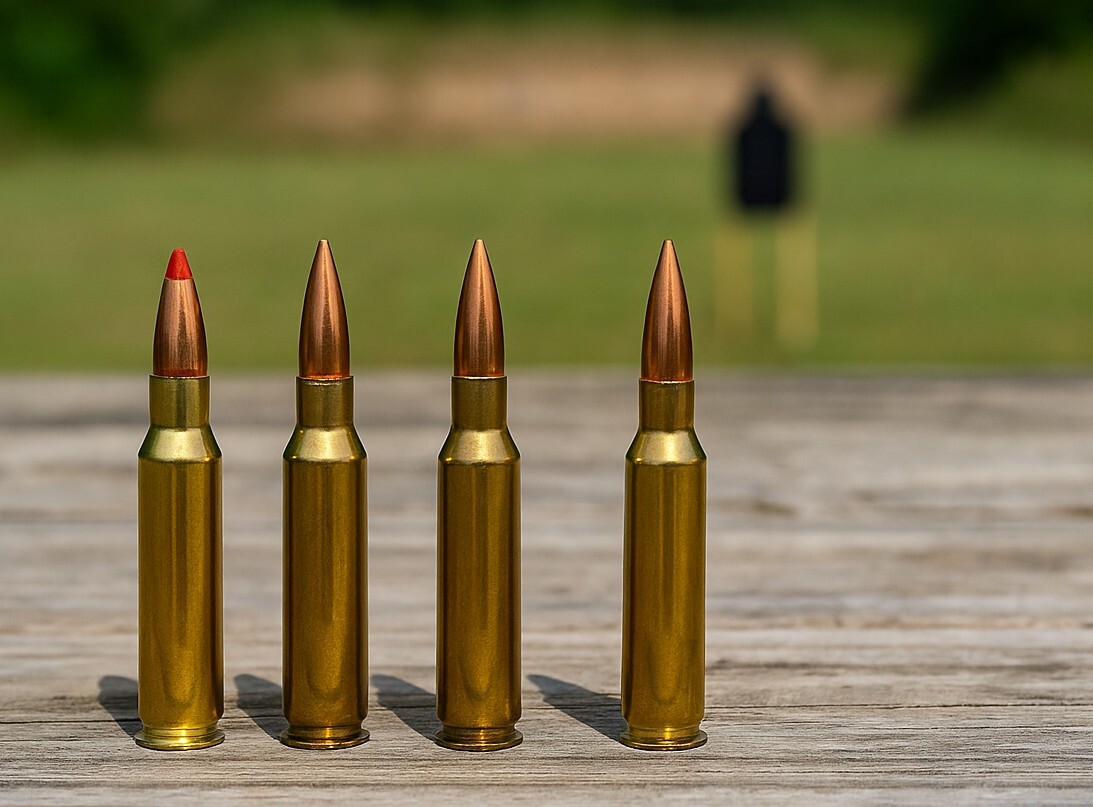
Specs
- Bullet Weight: 60–90 gr
- Velocity: 2,600–3,500 fps
- Energy: 1,500 ft/lbs
- Price per Round: $0.80 (baseline) — specialty calibers like .224 Valkyrie, 6.8 SPC, and 6mm Creedmoor often cost $1.25–$1.75 in practice.
Federal launched it in 2017 to give the AR-15 real long-range reach. Can stay supersonic past 1,000 yards.
Pros & Cons
Flat shooting, accurate, and good in the wind. But it needs special mags and never caught on as much as expected.
Best Uses
Built for long-range AR competition shooting. Lets AR-15s play in the same space as bigger rifles.
Recommended Ammo
Federal Fusion MSR is a strong pick for hunting. Hornady Match ELD is perfect for long-distance target shooting.
Recoil & Handling
Recoil is light, about the same as 5.56mm. Shoots flat and smooth and so it makes it very satisfying at long range.
5.56 NATO / .223 Remington – America's Standard
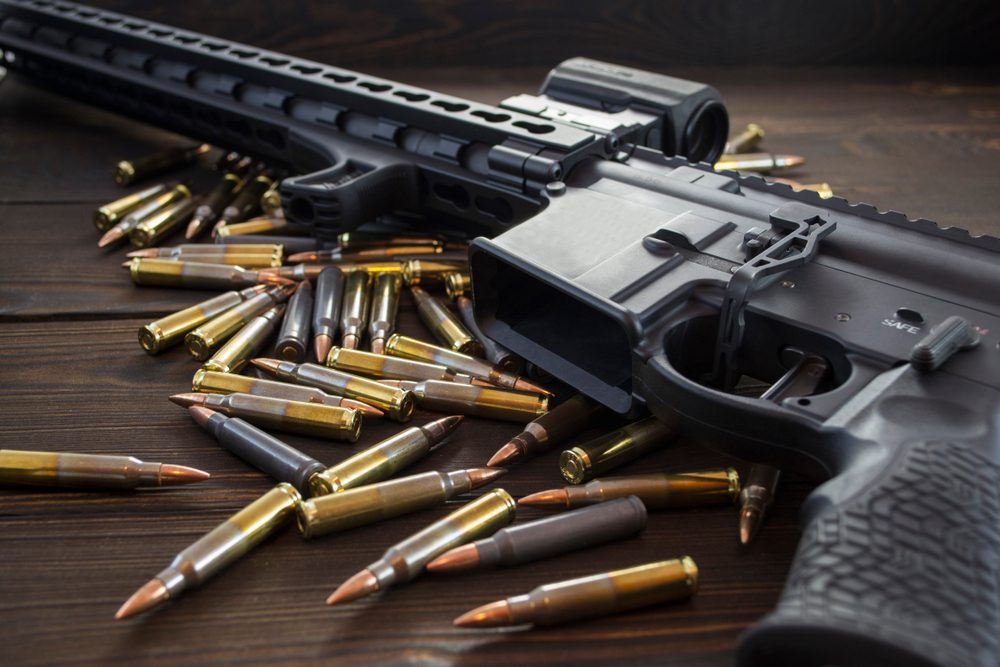
Specs
- Bullet Weight: 40–77 gr
- Velocity: 2,600–3,200 fps
- Energy: 1,300 ft/lbs
- Price per Round: $0.35–$0.50
The most common rifle round in the U.S. Used in AR-15s, M16s, and M4s. It’s light, cheap, accurate, and everywhere.
Pros & Cons
Affordable, soft recoil, and easy to find. Works in countless rifles. Weakness is less power on larger animals, and some states don’t allow it for deer.
Best Uses
Perfect for training, defense carbines, varmint hunting, and predator control. Also ideal for competitions with lots of fast follow-up shots.
Recommended Ammo
Federal XM193 is a classic. Hornady TAP is optimized for defense. Winchester white box is cheap and steady for practice.
Recoil & Handling
Recoil is very light. Easy for new shooters and allows quick follow-up shots. You can shoot all day without fatigue.
6.8 SPC – Special Forces Concept
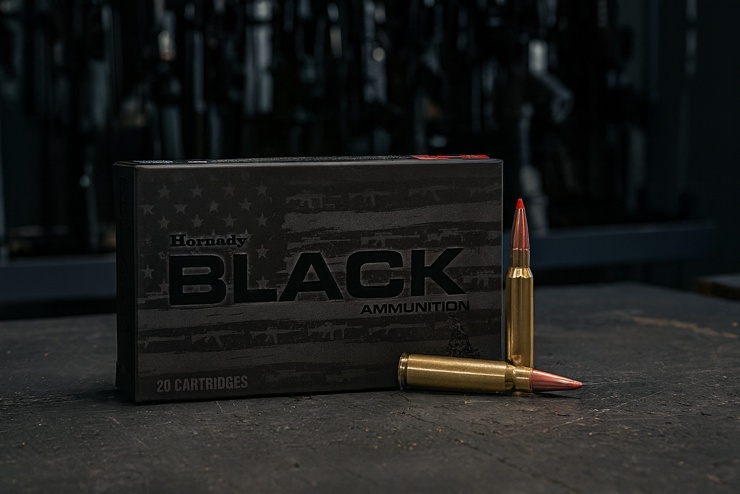
Specs
- Bullet Weight: 85–120 gr
- Velocity: 2,450–3,100 fps
- Energy: 1,700 ft/lbs
- Price per Round: $0.80 (typical), but specialty calibers like .224 Valkyrie, 6.8 SPC, and 6mm Creedmoor often cost $1.25–$1.75.
Built for U.S. Special Forces to balance 5.56 and 7.62 NATO. Never fully adopted, but still popular with hunters.
Pros & Cons
Hits harder than 5.56 but still works in AR-15s. Great for hunting medium game. Downsides are ammo cost and less support compared to newer rounds.
Best Uses
Ideal for deer and hog hunting with ARs. Gives good stopping power without needing a heavier AR-10.
Recommended Ammo
Hornady 120 gr SST is the top hunting choice. Federal Fusion is another strong performer.
Recoil & Handling
Has more recoil than 5.56 but still easy to manage. Feels like a firm push, not a harsh snap.
6.5 Grendel – Precision AR Round
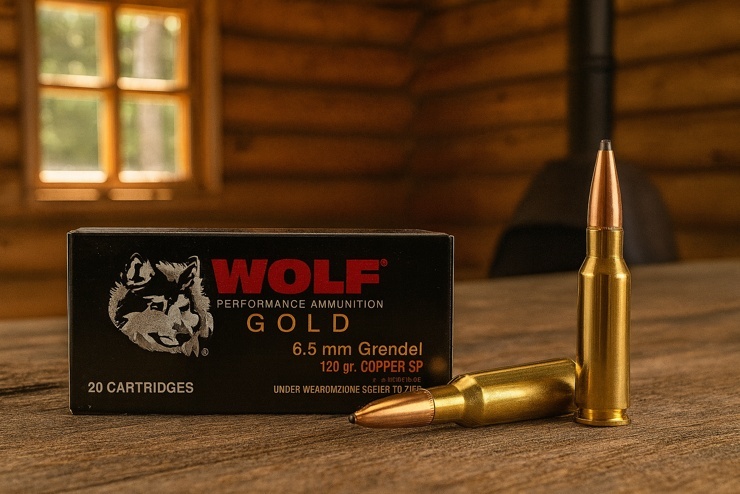
Specs
- Bullet Weight: 90–130 gr
- Velocity: 2,500–2,900 fps
- Energy: 1,800 ft/lbs
- Price per Round: $0.70
Made for AR-15s to stretch accuracy at long range. Stays supersonic past 1,000 yards.
Pros & Cons
Accurate, flat shooting, and hits harder than 5.56. Downsides are special mags needed and higher ammo cost.
Best Uses
Great for target shooting beyond 600 yards. Also popular for deer hunting at longer ranges.
Recommended Ammo
Wolf 100 gr FMJ is cheap and accurate for practice. Hornady 123 gr SST is excellent for hunting.
Recoil & Handling
Recoil is mild and smooth. Easier to control than 7.62x39mm even with similar energy. Popular among long-range AR fans.
.458 SOCOM – The Heavy Hitter
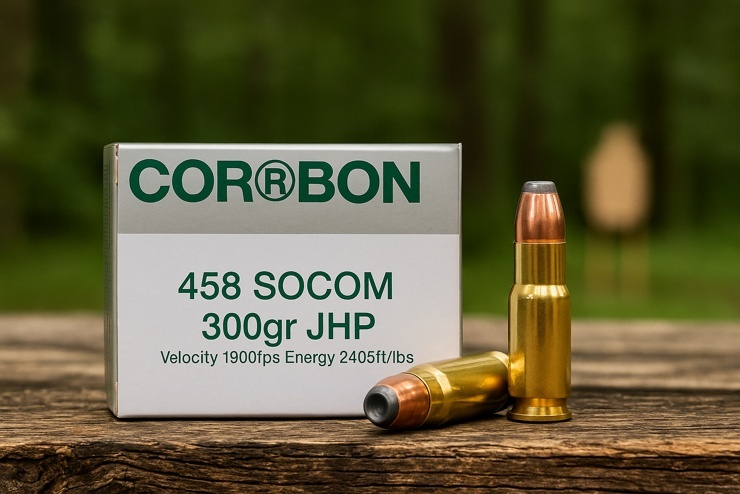
Specs
- Bullet Weight: 250–600 gr
- Velocity: 1,000–2,200 fps
- Energy: 1,300–2,500 ft/lbs
- Price per Round: $2.00
Developed around 2000 by Marty ter Weeme with input from SOCOM operators; it grew out of Special Forces’ desire for more stopping power after Somalia (1993), but it was not officially adopted.. Fits standard AR mags but holds fewer rounds.
Pros & Cons
Delivers massive power, close to .45-70 Government. Can use standard AR mags, though with less capacity. Downsides: ammo is expensive, recoil is heavy, and it’s not widely used.
Best Uses
Best for hunting big game at closer ranges. Some also use it for tactical roles where sheer power matters.
Recommended Ammo
Cor-Bon 300 gr JHP is a top choice for defense or hunting. SBR Ammunition also makes good loads with different bullet weights.
Recoil & Handling
In lightweight AR builds, recoil is extremely stout. Manageable with tuned buffers or brakes, but definitely not “moderate.” Not for high-volume shooting but fine for hunting. The tradeoff is huge power with big recoil.
Final Thoughts
Caliber isn’t just a number — it’s the single decision that shapes recoil, range, cost, and how a rifle performs in the field. You’ve just seen how tiny rounds (.22LR, .17 HMR) are great for training and small game at a low cost and light recoil, how mid-size rounds (5.56, 7.62x39, 6.5 Grendel) balance versatility and reach, and how big-bore options (.300 Blackout, .458 SOCOM) deliver real stopping power when the job calls for it.
Want the easy button? In (Part Two: Intermediate and Large) we’ll bring everything together: a clear FAQ breakdown answering the practical questions shooters ask most, plus a side-by-side spec chart that covers every cartridge from both blogs — bullet weight, velocity, energy, recoil, and price — so you can compare at a glance and pick the right round for your rifle and mission. Don’t miss it — read Part Two next to get the concise answers and the one-page spec reference that makes choosing a caliber simple.
About the Author
This article was written by the Pro Armory writing team using up-to-date research. Sources include the *Journal of Military Science*, *Firearms News*, and the *National Shooting Sports Foundation*. We also pulled trusted details from defense publications and firearm authorities like the ATF, NRA, and maker manuals.
Disclaimer: This article is for education only. Always follow local, state, and federal laws when using firearms or ammo. Check your owner’s manual for ammo rules. Pro Armory is not responsible for damage, injury, or legal issues from using the information shared here.




 Pro Armory Editorial Team
Pro Armory Editorial Team